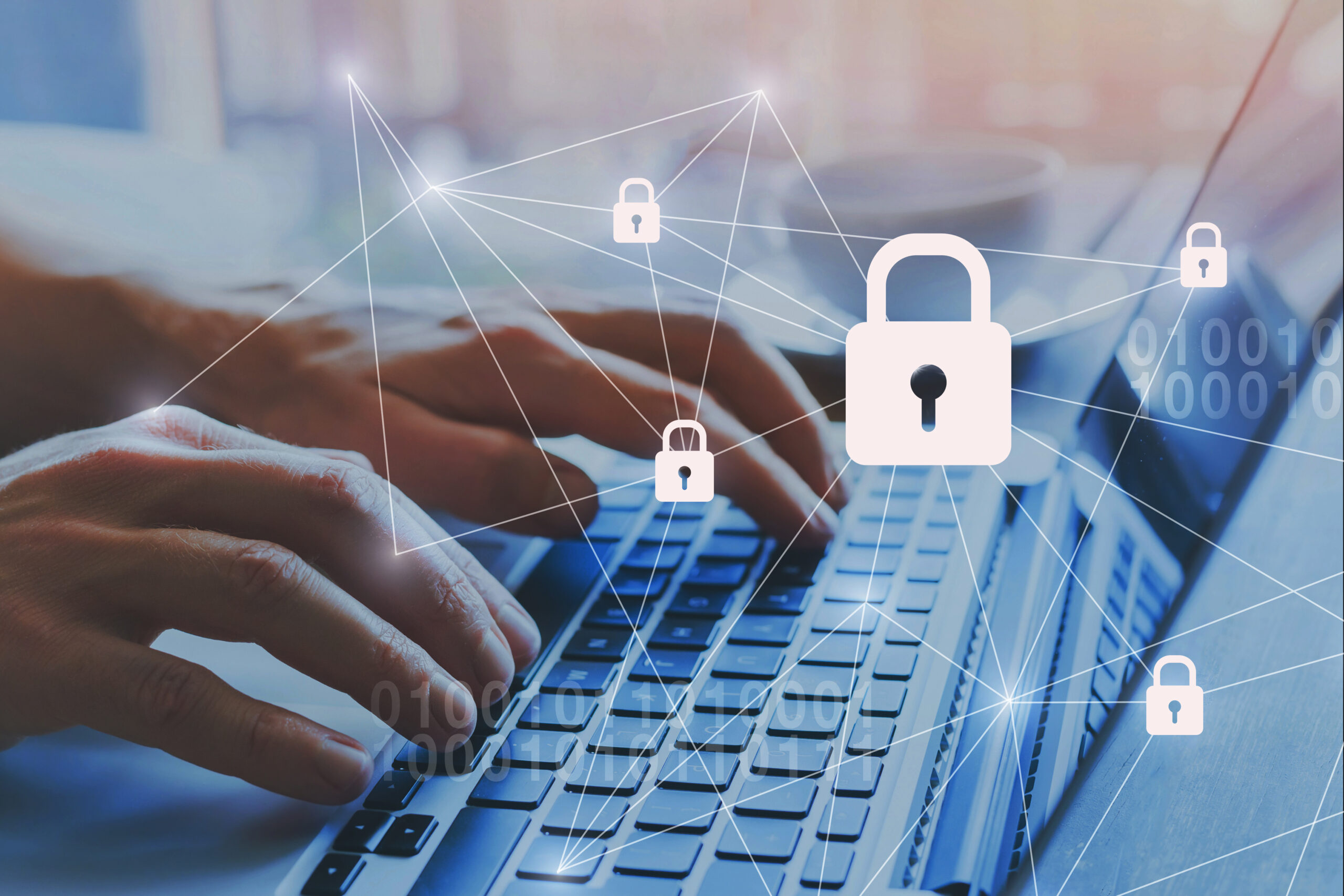Category: Blog
Distributed Denial-of-Service (DDoS) attacks have long been part of the cybersecurity landscape. But in 2025, it’s clear that they’re not only here to stay — they’re evolving. What was once considered a blunt, temporary disruption tactic is now a persistent, industrialized threat that continues to challenge businesses, governments, and digital platforms worldwide.
The latest data shows a sharp increase in both the volume and complexity of attacks. But numbers only tell part of the story. What’s equally significant is how these attacks are being launched — and by whom.
An Industrialized Threat
The rise in DDoS attacks isn’t being driven solely by advanced threat actors. It’s also being fueled by the accessibility of DDoS-for-hire platforms. These services, often framed as “stress-testing” tools, allow anyone — regardless of technical skill — to launch attacks for just a few dollars. With intuitive dashboards, users can select a target, choose an attack method, and click “ go“.
Even though law enforcement efforts have led to the takedown of dozens of these services in recent years, the model persists. New platforms continue to emerge, and the barrier to launching an attack remains incredibly low. As a result, DDoS has become one of the most democratized forms of cyber disruption — available to opportunists, disgruntled individuals, and low-level attackers alike.
Evolving Tactics
Today’s DDoS campaigns look very different from those of even a few years ago. One tactic gaining traction is “carpet bombing” — a method where attackers flood an entire IP address range rather than a single system. This overwhelms core infrastructure and makes it significantly harder for traditional defenses to isolate the threat.
Much of the power behind these attacks comes from botnets — large networks of internet-connected devices that have been compromised and remotely controlled. These can include everyday technologies like home routers, smart cameras, or even appliances, often with minimal or outdated security. Once infected, these devices are silently enlisted into massive digital armies used to launch traffic floods at scale.
Owners of the devices are often unaware anything is wrong — but collectively, these botnets enable attackers to maintain sustained, high-volume attacks, sometimes shifting methods mid-campaign to evade detection and prolong disruption.
Shifting Targets and Growing Impact
The industries targeted by DDoS attacks are shifting, too. At the beginning of the year, financial services emerged as a top target, largely due to their reliance on APIs and real-time digital access. For these organizations, even short service interruptions can cause immediate business consequences and long-term reputational damage.
The entertainment sector — especially online gaming platforms — also continues to see steady attack volumes. These services face not just high traffic but also high user expectations, making them especially vulnerable to attacks that aim to frustrate and disrupt.
As digital connectivity increases across all regions and sectors, attackers are finding more opportunities to exploit — not just by volume, but by targeting the systems people and businesses depend on most.
Evolving Defenses
In response, cybersecurity teams and infrastructure providers are rethinking how they defend against DDoS. New approaches are being explored, including AI-driven detection models that combine deep learning with behavioral analysis to identify unusual traffic patterns in real time.
At a more practical level, organizations are working to harden their environments by:
- Leveraging cloud-based mitigation services to absorb or reroute traffic surges
- Implementing real-time monitoring and rate limiting to detect abnormal behavior early
- Building redundancies across regions or service providers to minimize downtime
- Ensuring internet-facing devices — especially IoT assets — are secured and regularly updated
- Developing and testing incident response plans that include DDoS-specific scenarios
The goal is no longer just to block a flood of traffic. It’s to ensure operations can continue under pressure — and recover quickly when disruption strikes.
DDoS: Still Here, Still Dangerous
DDoS attacks may not steal data or breach networks, but they can grind digital services to a halt in seconds. They don’t require advanced intrusion, only volume, timing, and coordination. And in today’s connected world, that’s often more than enough.
Today, the challenge isn’t just the number of attacks — it’s their sophistication, accessibility, and potential for collateral damage. Defending against DDoS requires planning, layered protection, and an understanding that availability is as critical as confidentiality or integrity in any cybersecurity strategy.
Hitachi Cyber is here to help you navigate today’s evolving threat landscape. Book a discovery call today to explore how we can strengthen your cybersecurity posture and support your long-term resilience.


